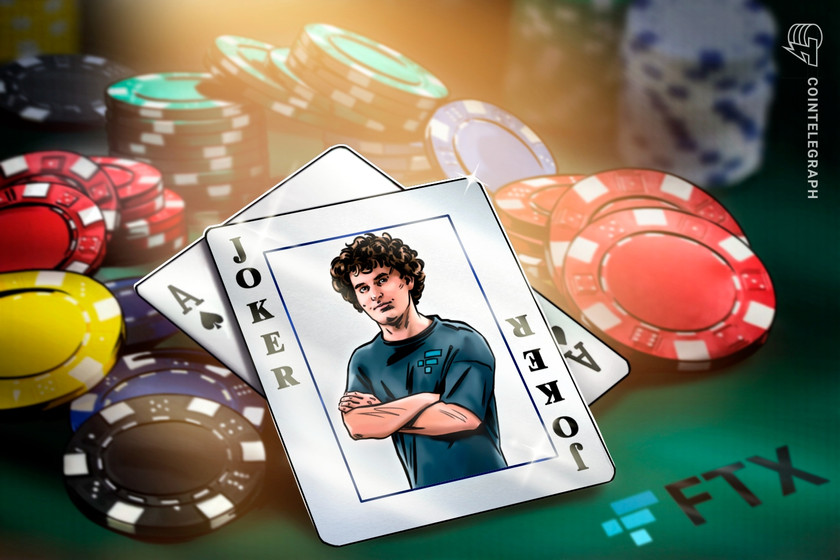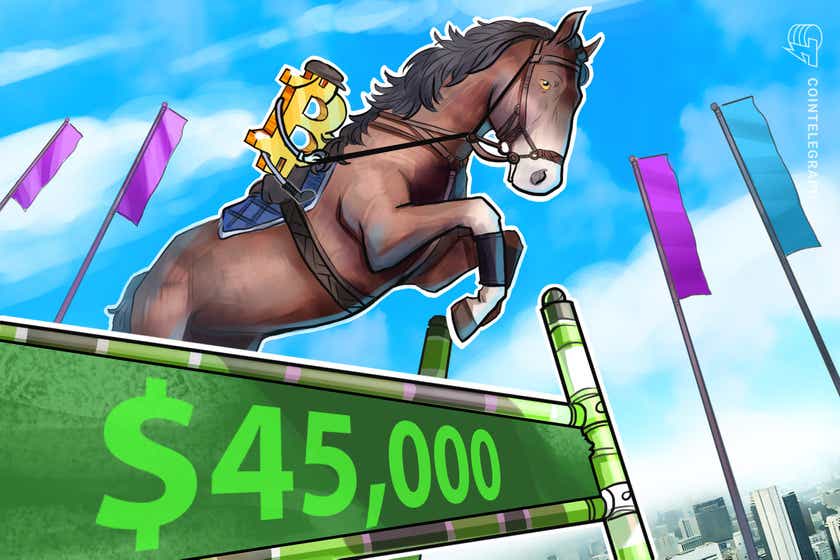SEC’s ‘Crypto Mom’ warns selling fractionalized NFTs could break the law
Fractionalized NFTs and baskets of non-fungible tokens could easily be considered investment contracts under U.S. securities law, warns SEC Commissioner, Hester Peirce.
403 Total views
10 Total shares

Speaking at Draper Goren Holm’s Security Token Summit on March 25, SEC commissioner Hester Peirce, also known as “Crypto Mom” warned the issuers of fractionalized non-fungible tokens and NFT index baskets that they could inadvertently be distributing investment products.
While Peirce stated that “the whole concept of an NFT is supposed to be non-fungible” — meaning that “in general, it’s less likely to be a security” — she noted that “people are being very creative in the type of NFTs they are putting out there.”
Peirce urged NFT issuers to be cautious if they decide to “sell fractional interests” in NFTs or NFT baskets, stating:
“You better be careful that you’re not creating something that’s an investment product — that is a security.”
With NFTs fetching increasingly exorbitant prices, fractionalized interests in these assets enable smaller investors to still be able to gain exposure to a small share of a high-priced NFT. Earlier this month, Cointelegraph reported on two emerging teams offering novel solutions for fractionalizing non-fungible tokens.
Peirce also criticized the use of the Howey Test to assess whether crypto assets are securities, asserting it “hasn’t worked that well” for the industry.
The Howey Test is frequently used by courts to determine whether an asset is a security, with the test being derived from a landmark 1946 court case concerning real estate contracts issued by the owner of a citrus grove to fund the business’ expansion.
Peirce said that if the test was used in the 1946 case in the same way it is applied to crypto, the courts would have been seeking to determine whether the fruit trees were securities, rather the investment contracts relating to the plants.
Peirce noted she hopes to collaborate with incoming SEC chairman Gary Gensler on developing her “safe harbor plan,” which would reduce regulatory scrutiny of emerging blockchain networks.
The safe harbor plan would allow new token issuers a three-year window in which to build a robust and decentralized network and demonstrate securities laws do not apply. The plan would also require that issuers provide detailed plans regarding the network’s roadmap, token sale, and the individuals and investors behind the project.
You have three years to develop the network so that the token is actually usable or the network is decentralized — and at that point, it’s clear the securities laws don’t apply. And everything that you say will be covered by the anti-fraud laws under the securities laws.”









